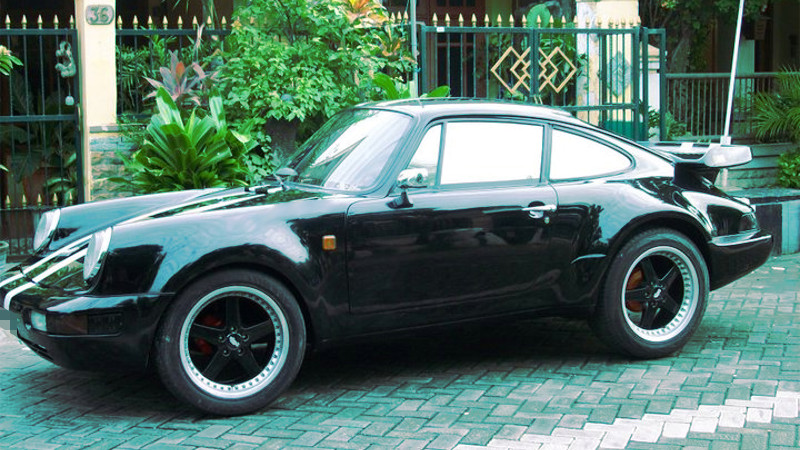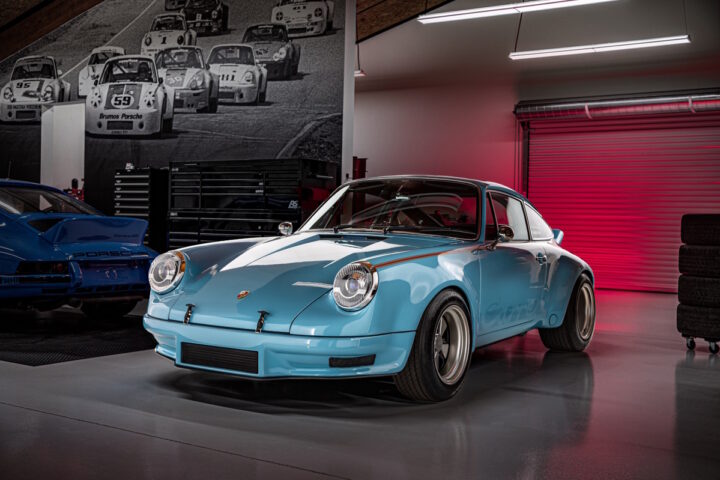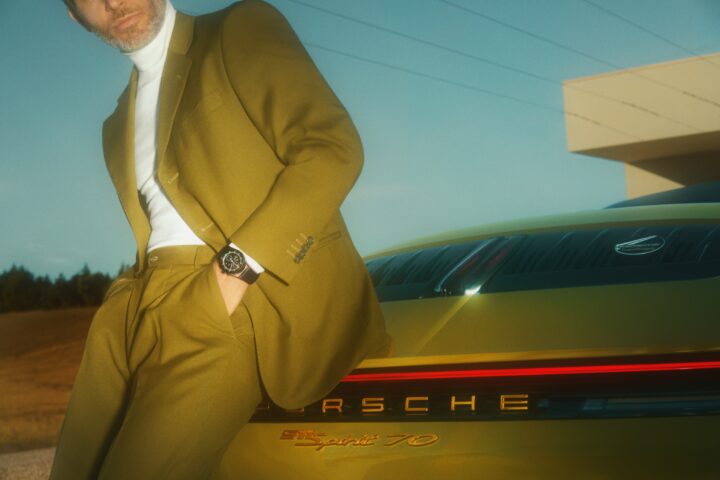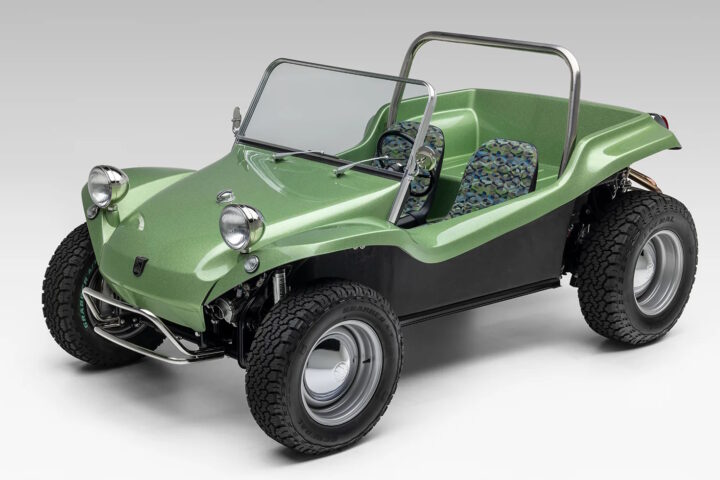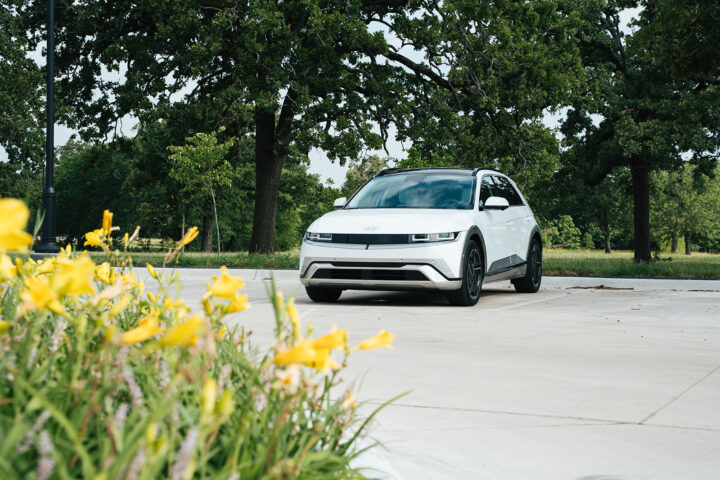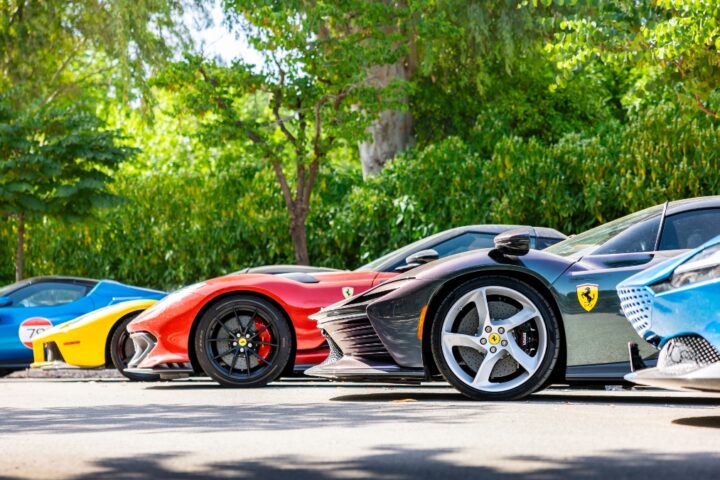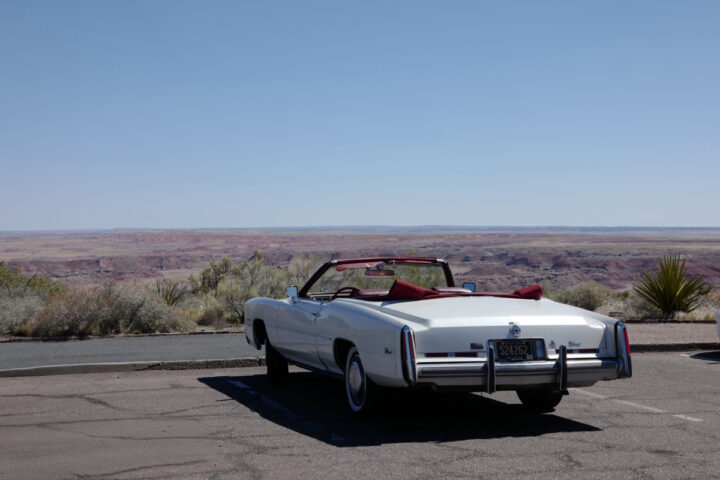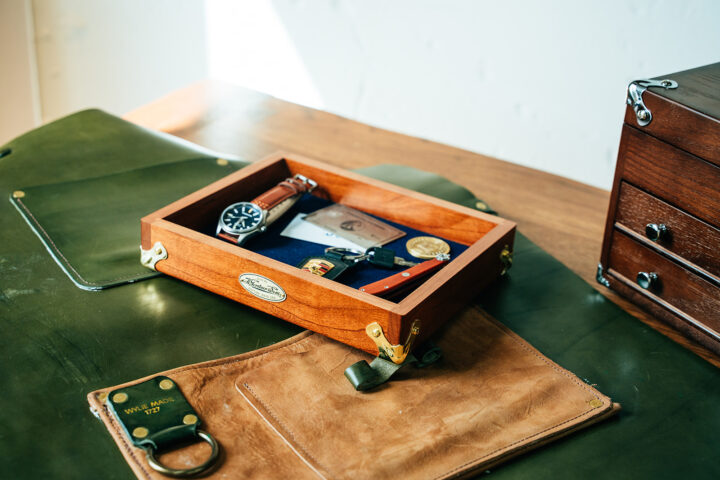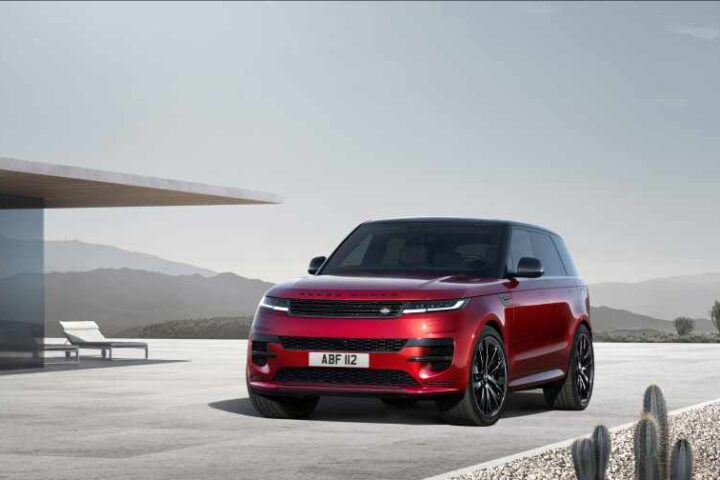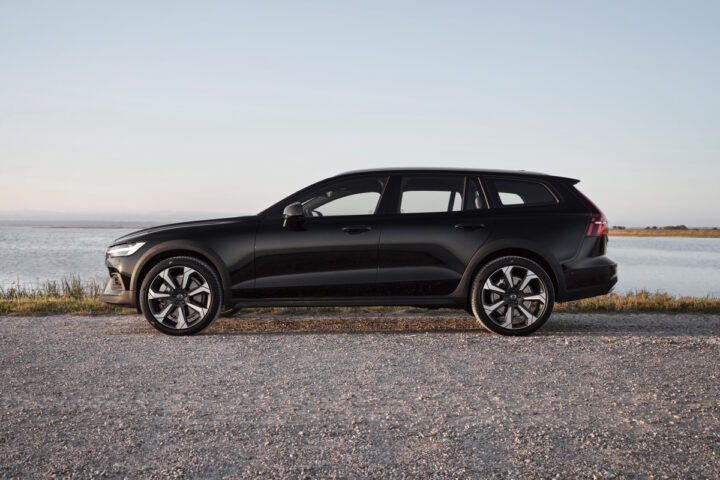The Marvia 911 couldn’t have happened anywhere other then the mid-1990s in Indonesia. The country was riding the wave of an economic renaissance. With annual GDP growth rates of 5 to 7 percent, a stable pro-business government under President Suharto, and a population exceeding 200 million, the country was a prime target for multinational corporations. Global brands were eager to establish themselves in the region, with General Motors opening an assembly plant near Jakarta in 1994, Exxon partnering with state-owned oil company Pertamina, and fast-food giants like McDonald’s and KFC expanding their footprint. Even Amway found its way into the Indonesian market, seeing an opportunity in the country’s growing middle class.
Amidst this rapid expansion, German luxury carmaker Porsche saw an opportunity to establish local production. The company entered into talks with ATPM Indomobil, a prominent automotive manufacturer and distributor in Indonesia, to assemble and distribute the legendary Porsche 911 in the country. Indomobil was already a major player in the Indonesian automotive market, producing and distributing brands such as Mazda and Suzuki. Given its extensive experience in local car production, it seemed like an ideal partner for Porsche’s venture into the Indonesian market.
Indomobil’s Other Ambitions
However, what Porsche didn’t account for was Indomobil’s Executive Director, Marvy Apandi, and his side business—a kit car manufacturing company. Apandi’s company specialized in producing cars that bore striking resemblances to some of the world’s most iconic automobiles. These vehicles were not licensed replicas but rather “inspired” versions of models such as the Rolls-Royce Silver Ghost, Jaguar SS100, and Shelby Cobra. These cars were often built using locally available components and powertrains from brands like Mazda and Mercedes-Benz, creating budget-friendly imitations of luxury vehicles.
With the Porsche-Indomobil partnership in place and preparations underway to manufacture the 911 for the Indonesian market, Apandi saw another opportunity. Instead of waiting for Porsche’s official production to begin, he had his team create fiberglass molds directly from the existing 911 model. The result was the Marvia 911, a near-identical visual copy of the Porsche but with significantly different mechanical underpinnings.
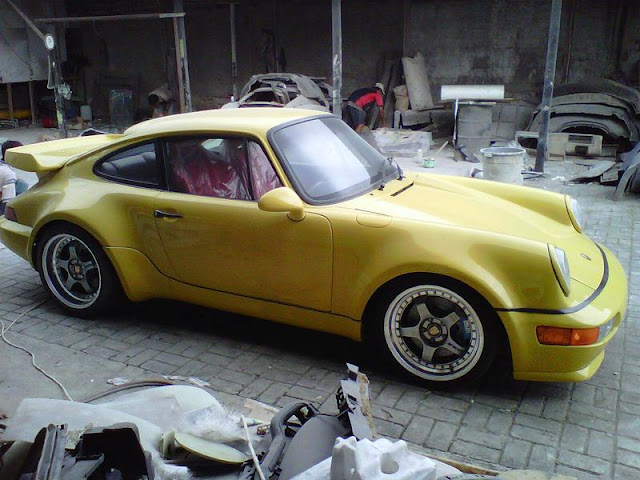
The Marvia 911: A Porsche in Looks Only
The Marvia 911 was built on the platform of the Mazda MR90, an Indonesian-market variant of the Mazda 323. This meant it featured a front-engine, front-wheel-drive layout rather than the signature rear-engine, rear-wheel-drive configuration of the actual Porsche 911. Under the hood, the Marvia 911 was powered by a modest 1.4-liter four-cylinder engine—hardly a match for the high-performance flat-six engines that defined Porsche’s sports cars. Some models were reportedly assembled using Mercedes-Benz engines and modified chassis to create a front-engine, rear-wheel-drive layout, but none could deliver anything close to the driving dynamics of a genuine 911.
Despite its mechanical shortcomings, the Marvia 911 looked remarkably similar to the real thing. Since the fiberglass molds were pulled directly from an actual Porsche 911, the body panels were nearly identical. The car was even distributed through Indomobil’s Suzuki dealerships, further blurring the lines between authenticity and imitation.
Porsche’s Inevitable Response
Understandably, Porsche was not pleased to discover that its official partner was producing and selling knockoff 911s before it had even had the chance to launch its own factory program. The German automaker quickly terminated its agreement with Indomobil, which had already begun installing Porsche-branded signage at its dealerships in preparation for the launch. Porsche also initiated legal action against Indomobil and Marvia Graha Motor, though the outcome of the litigation remains unclear.
The timing of the scandal could not have been worse. By 1997, Indonesia was on the brink of a financial crisis. The Asian Financial Crisis that began in Thailand quickly spread across the region, causing the Indonesian rupiah to collapse and leading to widespread economic instability. By May 1998, the situation had spiraled into violent protests and riots, known as the May Riots, which saw widespread looting and destruction. The Marvia factory was among the many businesses that did not survive the unrest, as it was burned down during the riots. At the time of its destruction, only around 50 Marvia 911s had been produced.
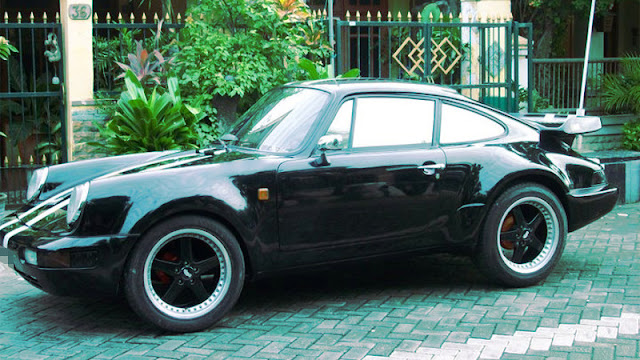
The Aftermath
With Marvia Graha Motor out of business and the Indonesian economy in turmoil, Porsche’s plans for local production were effectively dead. It would take several years before the brand re-entered the Indonesian market. In the mid-2000s, Porsche finally established itself in the country through a partnership with PT Eurokars Artha Utama, which also distributes Rolls-Royce, BMW, Maserati, and Mazda.
Today, Indonesia is one of Southeast Asia’s largest markets for luxury vehicles, with Porsche enjoying a strong presence in the country. The Marvia 911, however, remains a fascinating footnote in automotive history—one of the most audacious and brazen Porsche copies ever made. While many kit cars and replicas have surfaced worldwide, few have had the audacity to be built by a company that was supposed to be a legitimate partner of the original manufacturer.
Legacy of the Marvia 911
The Marvia 911 is now something of an automotive oddity. Given that only around 50 units were produced, surviving examples are extremely rare. While it’s unlikely that these cars will ever be considered collector’s items, they do represent a unique chapter in Indonesia’s automotive history—a time when economic optimism, corporate ambition, and a bit of deception combined to create one of the strangest Porsche knockoffs the world has ever seen.
For enthusiasts, the story of the Marvia 911 serves as a reminder of the wild, often unpredictable nature of the automotive industry. It’s a tale of how a booming economy can lead to unexpected business ventures, and how even the world’s most prestigious automakers are not immune to the challenges of working in emerging markets. And for Porsche, it remains a cautionary tale about choosing business partners wisely.
Photos Courtesy of Alex Setiadi

